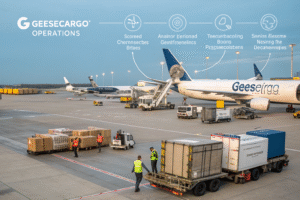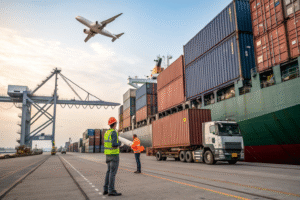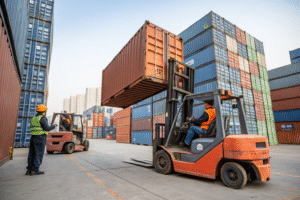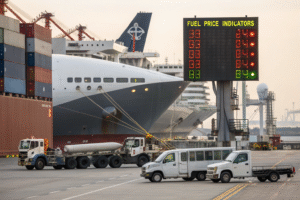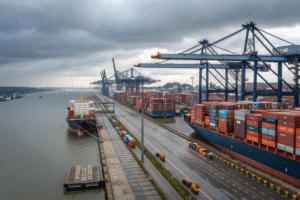Shipping isn’t just about moving boxes from one place to another. When clients like Ron—who need to send clothing and accessories from China to the U.S.—are planning logistics, they want clear pricing and predictable timelines. But here’s the problem: vague shipping quotes lead to delays, surprise costs, and broken trust.
Detailed shipping quotes are critical because they offer clarity, prevent budget overruns, and allow for strategic decisions about routes, carriers, and delivery methods.
As someone who’s been in freight forwarding for over a decade—working with major ports across Asia, Europe, and the U.S.—I’ve seen how detailed quotes transform confusion into control. Let me walk you through why this is a non-negotiable part of our business.
What Should Be Included in a Comprehensive Shipping Quote?
A shipping quote is only valuable when it’s complete. Unfortunately, many providers still send incomplete estimates that leave clients guessing.
A comprehensive quote includes origin and destination charges, transport costs, customs duties, surcharges, handling fees, and delivery timelines.

Why Do Hidden Costs Often Hurt Your Bottom Line?
Hidden costs often come in the form of documentation fees, fuel surcharges, port congestion surcharges, or unexpected warehousing fees. These aren’t always obvious upfront but can increase your costs by 15–25%.
This is why I always insist on full transparency with my clients. For example, we clearly outline destination delivery charges and customs inspection fees in every quote. That way, Ron doesn’t have to revise his budget after committing to the shipment.
How Does Line-Item Transparency Improve Planning?
When each fee is itemized, clients can compare options. Do you want to save $400 by switching from air freight to sea freight? Maybe avoid the peak season surcharge? A quote that includes line-by-line fees enables smarter routing decisions and better forecasting for the entire supply chain.
We even help customers like Ron visualize savings between DDP versus EXW terms using custom quote templates.
How Can a Shipping Quote Affect Customs and Compliance?
The quality of a shipping quote can also determine how smoothly your goods move through customs.
An accurate shipping quote includes customs duties, HS codes, and expected compliance documentation to prevent delays at borders.
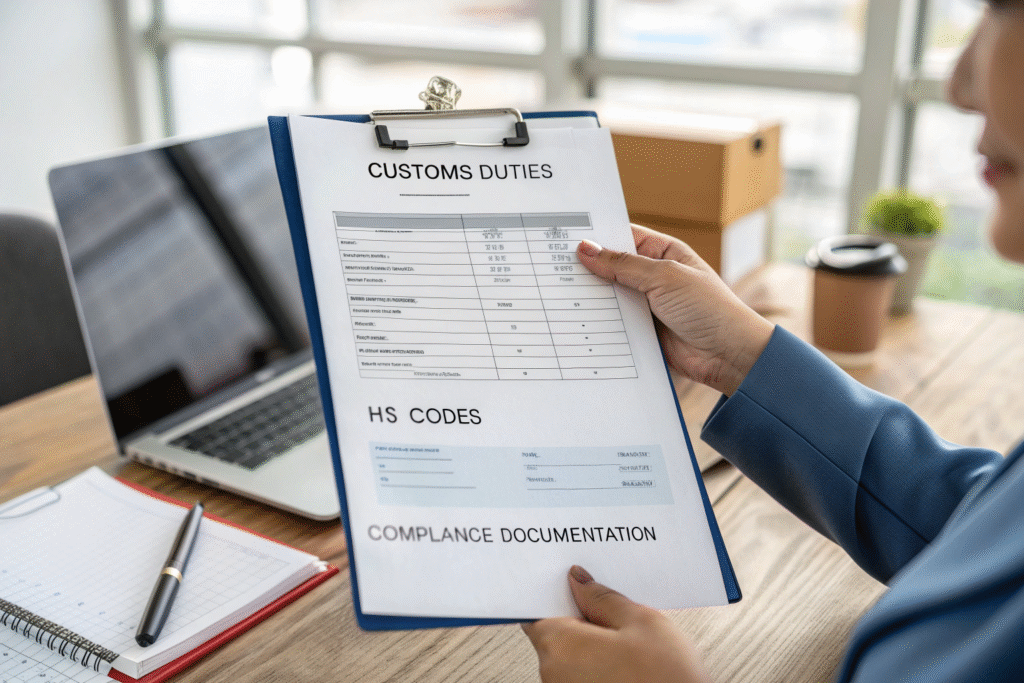
What Happens If Your Quote Misses Tariff Estimates?
Imagine shipping $80,000 worth of promotional items to the U.S., only to get stuck with a surprise $9,000 tariff at port. That’s what happens when your quote doesn’t include tariff calculations or potential U.S. duties.
We use real-time HS code classification tools and keep our clients updated on changes to de minimis thresholds that affect duty-exempt shipments.
How Does Compliance Documentation Fit Into the Quote?
Quotes from GeeseCargo include mentions of what certifications, MSDS documents, or commercial invoices may be needed to clear customs. We help clients avoid detainment by matching documentation with local regulations at origin and destination. Compliance is not optional—it’s built into our quoting process.
Why Are Delivery Timeframes Crucial in a Freight Quote?
When shipping from China to the U.S., timing isn’t just important—it’s mission critical. Delays can mean lost sales, missed retail deadlines, or spoiled promotional events.
A precise shipping quote outlines expected delivery timeframes, transit options, and risk buffers for customs and congestion delays.
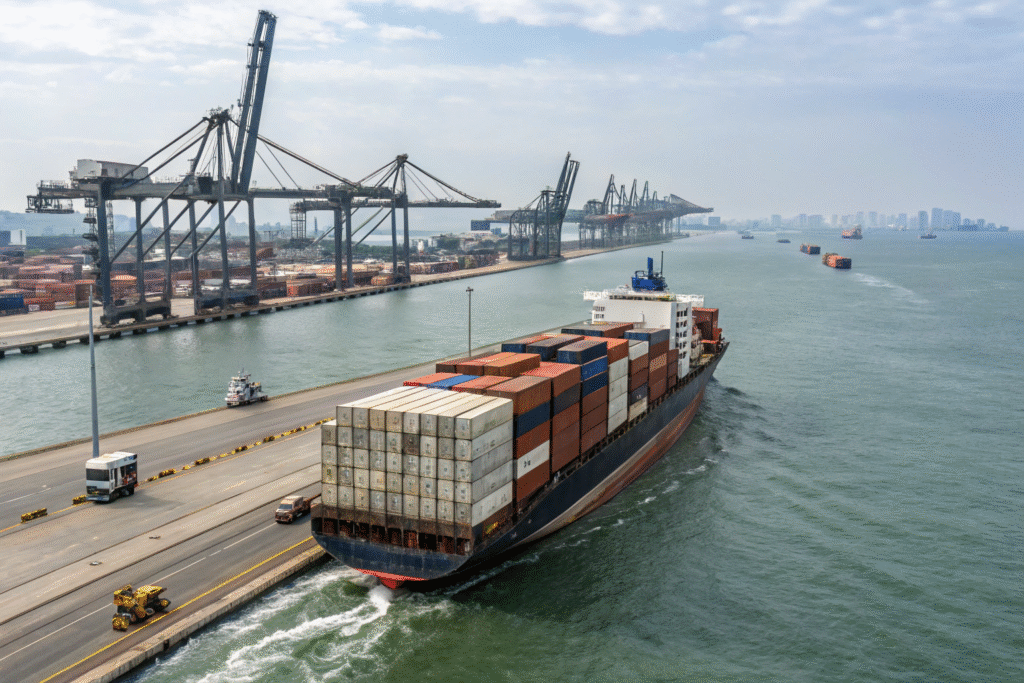
Can You Afford to Ignore Transit Time Buffers?
Some forwarders promise 10-day transit without factoring in weather delays or customs checks. We take a different approach. Our quotes include a realistic transit window—say, 14 to 17 days—plus alerts if your shipment falls in peak congestion periods like Chinese New Year.
We also use tools like PortCast ETA and Maersk Flow to ensure we’re transparent about shipping duration.
How Does Freight Mode Influence Delivery Reliability?
Air freight might get goods to the U.S. faster, but during storm seasons or fuel hikes, it can become unpredictable. Rail freight offers stability across Eurasia, and sea freight is cost-effective for bulk. Our shipping quotes help clients choose the right mode based on delivery needs, budget, and urgency.
How Do Detailed Quotes Improve Supplier Coordination?
Suppliers often get stuck when the buyer doesn’t share detailed logistics plans. A quote isn’t just for the buyer—it’s a roadmap for everyone involved.
A well-structured shipping quote acts as a communication tool between supplier, freight forwarder, and buyer to streamline handovers.

Why Should Your Supplier See the Shipping Quote Too?
Once a supplier knows when and how the shipment will be picked up, they can prep customs documents, export licenses, and arrange pickup smoothly. When Ron shares the DDP-based quote we send, his factories don’t waste time asking redundant questions.
We recommend using shared logistics collaboration tools or even Google Workspace to give factories visibility into the process.
How Do Quotes Prevent Miscommunication?
Imagine a scenario where your Chinese factory expected EXW terms but your quote is DDP. Without alignment, delays are guaranteed. Our detailed quote avoids that by clearly stating delivery terms, pickup windows, and warehouse contact details.
We’ve even helped clients avoid costly repacking by specifying pallet sizes, packaging standards, and special instructions in advance.
Conclusion
Detailed shipping quotes are more than a pricing tool—they are a foundation for smooth international logistics. By clearly outlining costs, delivery times, customs responsibilities, and supplier handoffs, they eliminate guesswork and build trust across the supply chain.
If you’re like Ron and moving large volumes from China to the U.S., don’t settle for vague estimates. Partner with a provider like GeeseCargo that believes in clarity, professionalism, and predictable outcomes. Our goal is to make every step—from quote to delivery—as transparent and efficient as possible.

